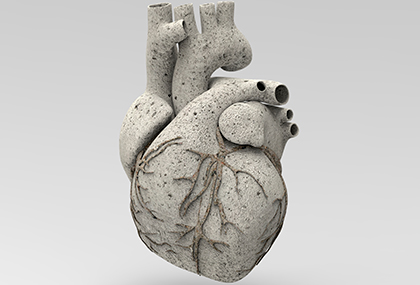Moderate or severe left ventricle outflow tract calcification increases the risk of annulus rupture, residual aortic regurgitation and the need for a second valve. This recent study analyzed the performance of different contemporary prosthetic valves in patients with this particular anatomy.

Since the early days of transcatheter aortic valve replacement (TAVR) outflow tract calcification has been associated to adverse events. In addition, the evidence available was limited to a modest number of observational studies, incomplete followup and the lack of study of the difference devices.
Moderate or severe calcification was considered with at least 2 nodules, or one extending over 5 mm, or covering over 10% of the outflow tract perimeter.
Of 1635 patients undergoing TAVR, moderate to severe calcification of the outflow tract was documented in nearly 25% of patients (407 patients, 24.9%).
These patients showed a significantly higher risk of annulus rupture (2.3% vs 0.2%; p<0.001), the need for a second valve (2.9% vs 0.8%; p=0.004) and residual aortic failure (11.1% vs. 6.3%; p=0.002).
Read also: ESC 2020 | Ticagrelor Might Increase Bleeding and Mortality in the Elderly.
The balloon expandable valve showed higher risk of annulus rupture in these patients (4.0% vs. 0.4%; p=0.002) vs all the self-expandable valves.
The need for a second valve and residual regurgitation resulted similar across device range.
Conclusion
Outflow tract calcification increases the risk of annulus rupture, residual aortic regurgitation and the need for a second valve. Annulus rupture resulted far more frequent with the balloon expandable valve, while the rest of complications resulted similar across devices.
Título original: Impact of Left Ventricular Outflow Tract Calcification on Procedural Outcomes After Transcatheter Aortic Valve Replacement.
Referencia: Taishi Okuno et al. J Am Coll Cardiol Intv 2020;13:1789–99. https://doi.org/10.1016/j.jcin.2020.04.015.
Get the latest scientific articles on interventional cardiologySubscribe to our weekly newsletter
We are interested in your opinion. Please, leave your comments, thoughts, questions, etc., below. They will be most welcome.





